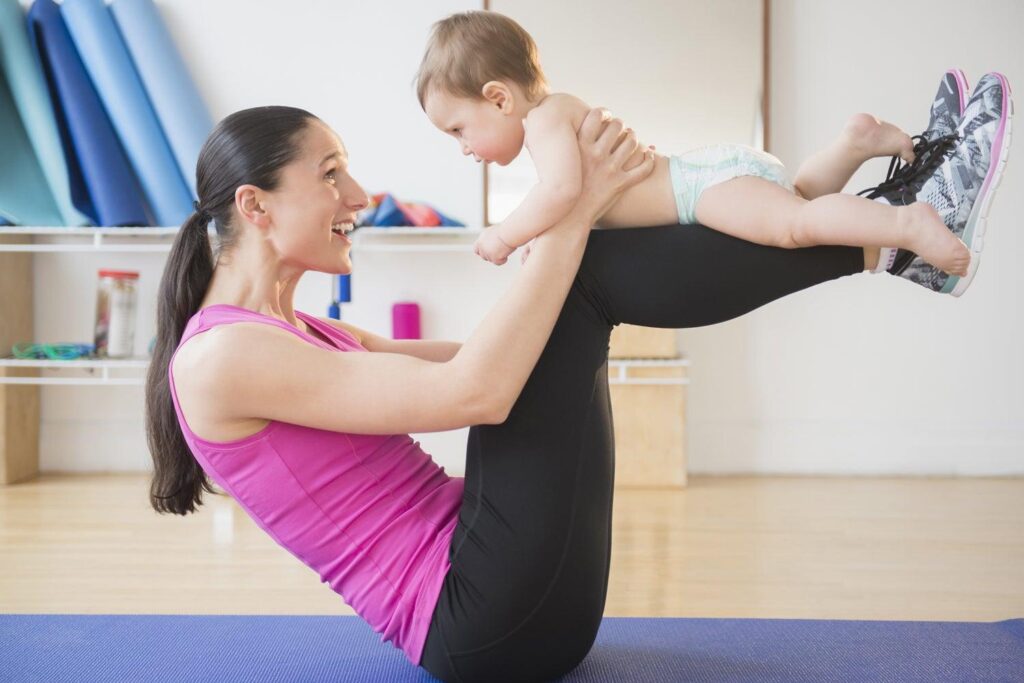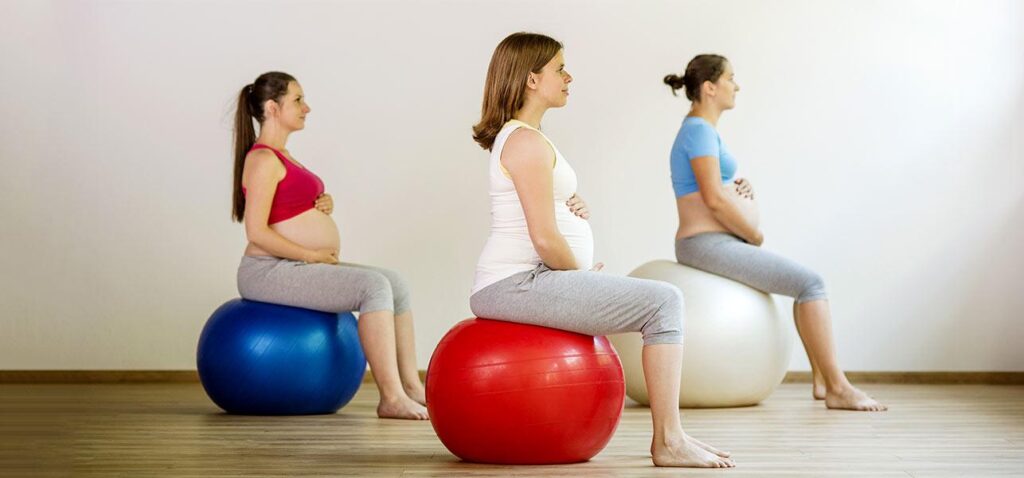Recovering from a C-section is a unique journey that requires time, patience, and gentle care. A C-section is major abdominal surgery, and your body needs ample time to heal before returning to physical activity. However, incorporating the right exercises at the right time can help you regain strength, improve mobility, and boost your overall well-being. In this article, we’ll guide you through how to safely return to exercise after a C-section.
- Listen to Your Body and Get Medical Clearance
Before starting any exercise routine, it’s crucial to get clearance from your healthcare provider. This usually happens around 6-8 weeks postpartum, depending on how well your incision is healing and whether you’re experiencing any complications. Listen to your body, and don’t rush. Every woman’s recovery is different, so it’s important to go at your own pace.
- Start with Breathing and Pelvic Floor Exercises
Deep Breathing with Abdominal Contraction
One of the first exercises you can do after a C-section is deep breathing combined with gentle abdominal contractions. This helps activate the deep core muscles, including the diaphragm, which play a crucial role in stabilizing your core and supporting your spine.
- Sit or lie in a comfortable position.
- Take a deep breath in, allowing your belly to rise.
- As you exhale, gently draw your belly button towards your spine.
- Repeat for 5-10 breaths, focusing on gentle, controlled movements.
Pelvic Floor Exercises (Kegels)
Your pelvic floor muscles may weaken during pregnancy and childbirth. Kegel exercises help strengthen these muscles, supporting bladder control and improving core stability.
- Squeeze the muscles that you would use to stop the flow of urine.
- Hold for 5-10 seconds, then relax.
- Aim for 10-15 repetitions, 2-3 times per day.
- Gentle Core Exercises
After a C-section, rebuilding core strength is essential. Start with gentle, low-impact exercises to avoid straining your incision site.
Pelvic Tilts
Pelvic tilts help to gently strengthen the lower abdominal muscles and alleviate lower back discomfort.
- Lie on your back with your knees bent and feet flat on the floor.
- Tighten your abdominal muscles and tilt your pelvis towards your ribs, flattening your lower back against the floor.
- Hold for a few seconds, then relax.
- Repeat 10-15 times.
Heel Slides
Heel slides help activate the deep core muscles without putting pressure on your incision.
- Lie on your back with your knees bent.
- Slowly slide one heel away from your body until your leg is almost straight, keeping your core engaged.
- Slide your heel back to the starting position and switch sides.
- Repeat 10 times on each leg.
- Walking: The Best Initial Cardio
Walking is a great way to reintroduce cardio into your routine without putting stress on your incision. Start with short, slow walks, gradually increasing the duration and pace as you feel more comfortable. Walking helps improve circulation, reduces the risk of blood clots, and boosts your mood—making it a perfect postpartum activity.
Tips for Walking:
- Start with 5-10 minute walks and increase gradually.
- Pay attention to your posture—keep your shoulders relaxed and core engaged.
- Stop if you feel pain, exhaustion, or notice increased bleeding.
- Avoid High-Impact Exercises Initially
High-impact exercises like running, jumping, or heavy lifting can place excessive strain on your core and pelvic floor, especially after a C-section. Avoid exercises that involve intense abdominal pressure, such as sit-ups or crunches, until your healthcare provider confirms that your body is ready for more strenuous activities.
- Posture and Body Alignment
After a C-section, your posture may be affected due to weakened core muscles. Focus on exercises that improve posture and realign your body, such as:
Wall Angels
- Stand with your back against a wall, feet hip-width apart.
- Bend your elbows at 90 degrees and place your arms against the wall.
- Slowly raise and lower your arms while keeping your back in contact with the wall.
- Repeat 10-15 times.
This exercise helps improve upper body posture and relieves tension in the shoulders and back.
- Be Aware of Warning Signs
It’s important to be cautious and pay attention to how your body responds to exercise after a C-section. If you experience any of the following symptoms, stop exercising and consult your healthcare provider:
- Increased pain around the incision site
- Heavier bleeding or a return to bright red bleeding
- Pelvic pain or pressure
- Bulging or doming of the abdomen, which could indicate diastasis recti (abdominal separation)
- Gradually Incorporate Strength Training
Once you feel comfortable with low-impact exercises, you can gradually incorporate light strength training to build muscle and improve overall fitness. Use resistance bands or light dumbbells for exercises such as bicep curls, tricep extensions, and shoulder presses. Focus on maintaining proper form and engaging your core to avoid putting unnecessary strain on your body.
- Stay Hydrated and Prioritize Rest
Hydration is essential for postpartum recovery, especially when engaging in physical activity. Drink plenty of water before, during, and after exercise. Rest is equally important—your body is still healing, and overexertion can lead to setbacks. Make sure to listen to your body, take breaks, and get as much rest as possible.
- Seek Professional Guidance
If you’re unsure about which exercises are safe or how to perform them, consider working with a postpartum fitness specialist or a physical therapist. They can create a customized exercise plan based on your specific needs and help you safely regain strength and fitness.
An insight from mamahood
Returning to exercise after a C-section requires patience, care, and a gradual approach. Start with gentle movements like deep breathing, pelvic floor exercises, and walking, and progress as your body allows. Avoid high-impact exercises until you receive clearance from your healthcare provider, and always pay attention to your body’s signals. Remember, every postpartum journey is different, and there’s no need to rush—your health and well-being are most important. With time, consistency, and a focus on safe movements, you can regain your strength and feel empowered in your postpartum body.







